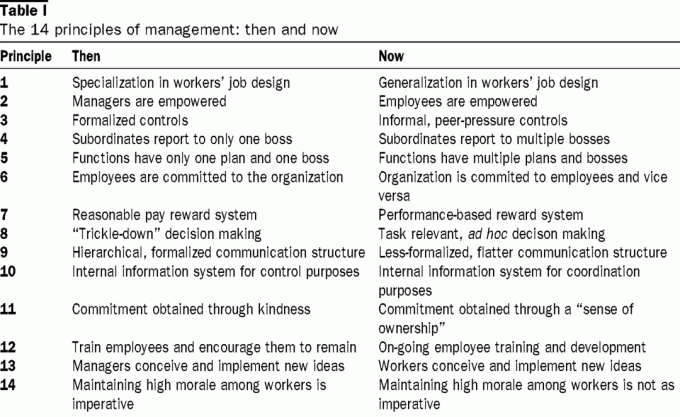Mathematical equations are the equality between two algebraic expressions, which are used to generate a value to a mathematical problem, and have been thought and configured with a specific purpose that varies according to the case. For example, there is the one used to calculate the error rate.
It should be noted that you must have knowledge of the cases studied, as well as a sampling situation in order for the data obtained to be as accurate as possible.
Advertisements

In this article you will find:
What is the percentage of error?
It is an operation that allows clearly determine the margin of error between the differences between the estimated value and the real value, so if you want obtain this answer, it is essential to have both values to perform the operation math.
Advertisements
How to calculate the percentage of error?
As mentioned before, the formula values must be on hand to be substituted, taking into account the denominator a subtraction enclosed in absolute value to be able to express the positive number, thus obtaining the following:
% error = (| Vaprox-Vexact |) / Vexact x100
It is essential that the operation be done in absolute value, in order to obtain positive values to carry out a positive division between another positive value.
Advertisements
Where:
- Vaprox: It is the approximate value or estimate generated by the user in relation to the mathematical operation or problem applied.
- Vexact: It is the exact or real value of which there is knowledge.
In the first stay, the subtraction between the two known values must be performed, and then the division by the exact value and multiplied by 100 to give you a percentage value set between 1 and 100. Depending on the value obtained, a rounding operation can be carried out as the case may be and if allowed, to have a whole number as the final result.
Advertisements
What should you know?
The reality of the values obtained will be effective thanks to the sampling and acquisition of data generated by the user, so it is It is essential to make sure that each of the numbers involved is correct so as not to obtain erroneous and contradictory results to the expected.
Example 1
There is a soil sample obtained in order to carry out various analyzes, such as its classification by means of sieves, colorimetry, cut resistance and others, where said sample will be used as a loan material for the base filling of a work of civil Engineering.
Advertisements
In the work, 10 samples are generated, of which it is certain that 9 of them were made based on all quality standards, and one of them is estimated to give wrong results, so it is suggested to calculate the possible percentage of error, then we have:
Vaprox = 9
Vexact = 10
- % error = (| Vaprox-Vexact |) / Vexact x100
- % error = | 9-10 | / 10 x100
- % error = 0.1 × 100 = 10%
Thus obtaining that the percentage of error presented during the sampling for the soil study is 10%, so the engineer in charge will have with certainty given the parameters, the possibility of suggesting a new soil study or approving the use of the soil from which the samples.
Example 2
A musical presentation will be held in a cafeteria, of which it is certain that the total capacity of the same is about 80 people, so it is expect a full house for it to be a resounding success, but at the end of the afternoon there is a ceiling which states that 70 people entered, for which has:
- % error = (| Vaprox-Vexact |) / Vexact x100
- % error = | 70-80 | / 70 x100
- % error = 0.1428 × 100 = 14.28%
So it can be said that there was a percentage error of 14.28%, which affects the sales and economic tickets expected by the local and those responsible for the event, so that for the next event, extra actions may be carried out to improve the concert and have a greater number of people attend and thus reduce errors calculated.


